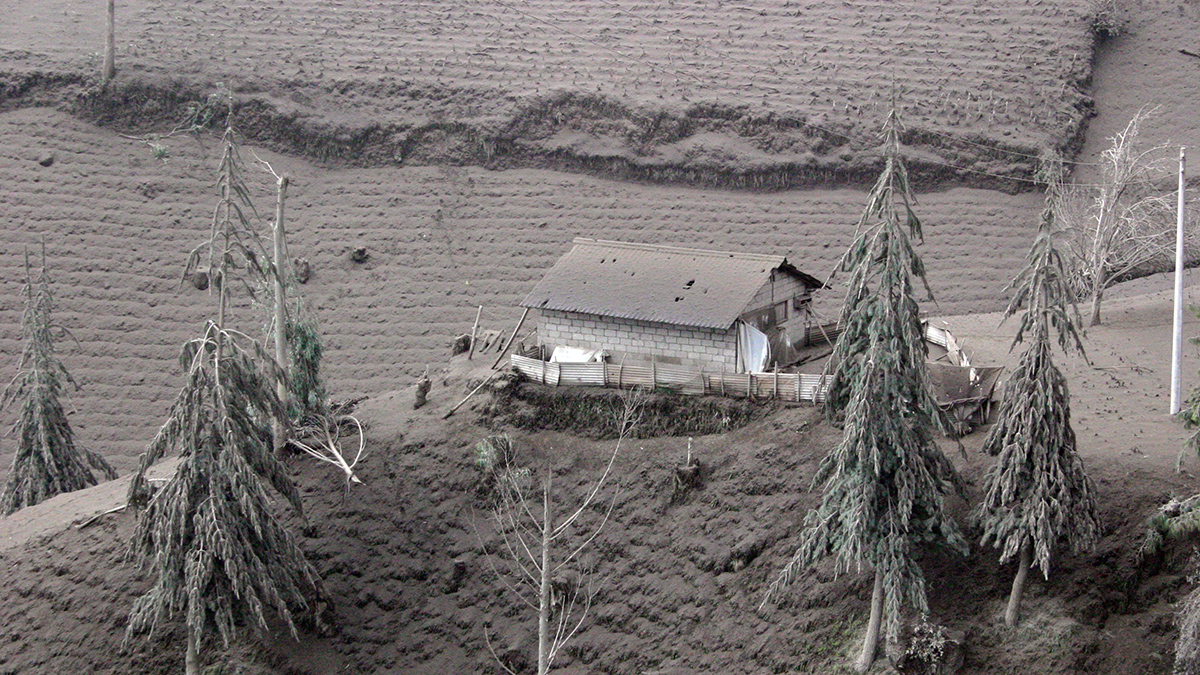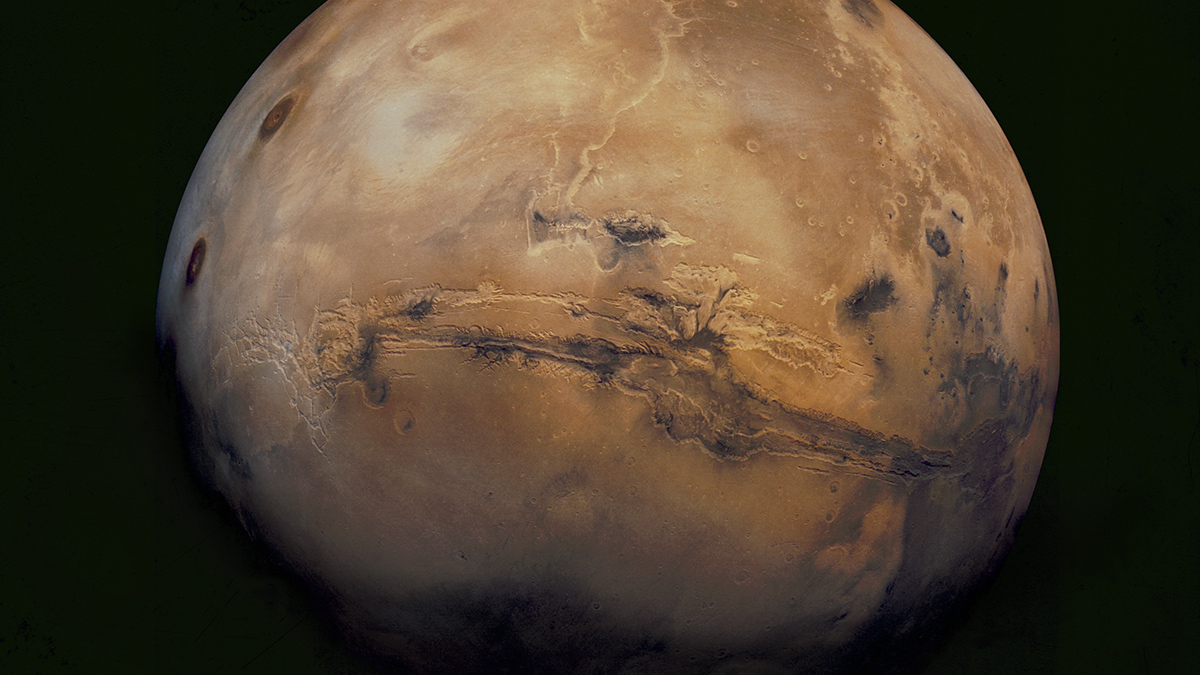The 2022 Tonga volcanic eruption generated waves that propagated across the Pacific Ocean. A new analysis of sea level measurements is used to dissect the difference in wave components from two sources.
volcanoes
Cómo el volcán Tungurahua arrojó metales pesados en el suministro alimentario de Ecuador
Cuando el volcán Tungurahua de Ecuador entró en erupción múltiples veces entre 1999 y 2016, las comunidades agrícolas cercanas fueron cubiertas por ceniza, la cual dejó metales pesados en sus cultivos.
How Tungurahua Volcano Dropped Heavy Metals into Ecuador’s Food Supply
When Ecuador’s Tungurahua volcano erupted multiple times between 1999 and 2016, nearby farming communities were covered in ash, which left heavy metals in their crops.
Foundations in Hazards and Disasters for Undergraduate Students
A new textbook for undergraduates explores different types of natural hazards and disasters through foundational scientific knowledge, engaging case studies, and mitigation strategies.
Martian Jumble May Be Hiding a Giant Volcano
The discovery of Noctis Mons could make the region a target for future Mars missions.
¿Qué tan peligroso es el volcán Popocatépetl? Depende a quién le preguntes
El estratovolcán en el centro de México presenta un interesante caso de estudio sobre la percepción del riesgo, la comunicación de la ciencia y la preparación en torno a los peligros naturales.
No Canadian Volcanoes Meet Monitoring Standards
A new analysis reveals serious monitoring gaps at even the highest-threat volcanoes.
A Strong Pacific Plate Bends Under the Hawaiian Volcanic Chain
Two seismic studies reveal the volcanic loads and resulting flexure of the Pacific plate at the Hawaiian Ridge and, surprisingly, show no magmatic underplating.
A Long-Lost Tropical Island Lies Off Brazil’s Coast
An undersea volcanic plateau in the southwestern Atlantic was a tropical island 45 million years ago.
Volcanic Lightning May Have Retooled the Nitrogen Needed for Life
Early Earth’s volcanoes could have spurred lightning that transformed atmospheric nitrogen, creating molecules that would have been necessary for life to emerge.










